Optimal Seasons for Tree Trimming
Tree trimmings are an essential part of maintaining healthy and aesthetically pleasing trees. Proper timing ensures optimal growth, disease prevention, and safety. Understanding the best seasons for trimming can help preserve the health of trees and enhance landscape appearance.
Ideal for shaping and removing dead or diseased branches before active growth begins.
Suitable for light pruning to control growth and remove any damaged limbs during the growing season.
Best for pruning after the growing season ends to prepare trees for winter.
Optimal for structural pruning on deciduous trees when they are dormant.

Pruning during early spring supports healthy growth.
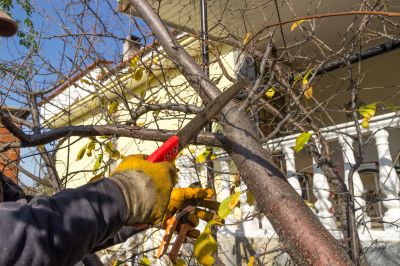
Light trimming helps manage tree shape during the warm months.
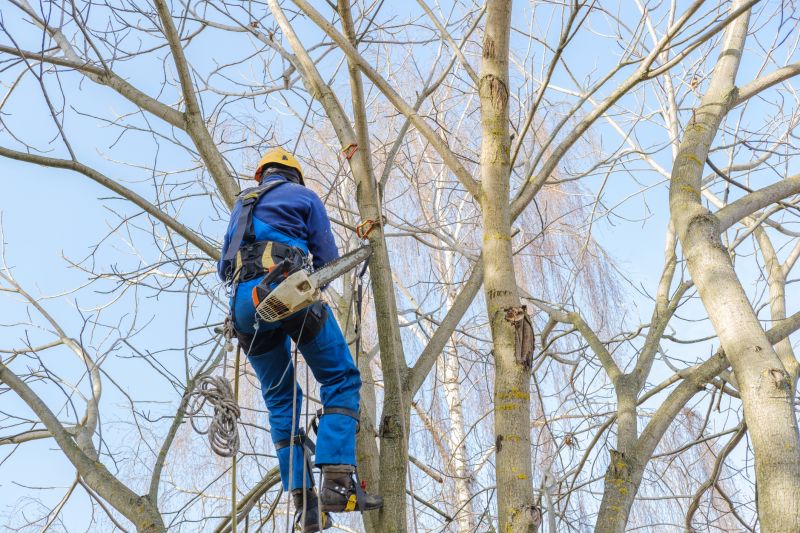
Preparing trees for winter with fall pruning.
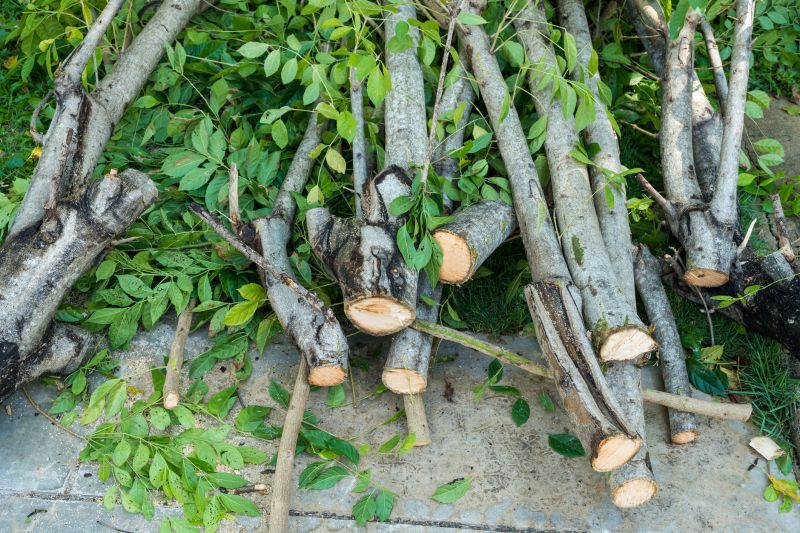
Ways to make Tree Trimmings work in tight or awkward layouts.

Popular materials for Tree Trimmings and why they hold up over time.
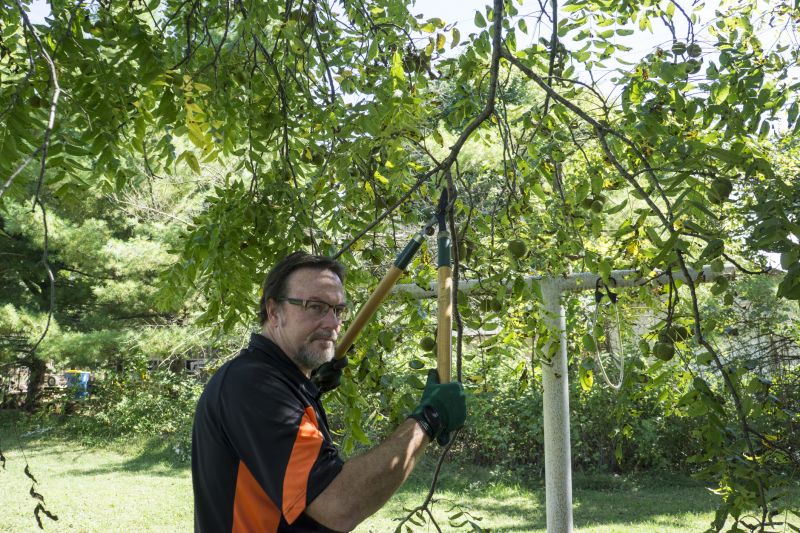
Simple add-ons that improve Tree Trimmings without blowing the budget.
| Season | Best Practices |
|---|---|
| Spring | Remove dead or damaged branches before new growth begins. |
| Summer | Perform light pruning to control size and shape. |
| Fall | Prune after leaves fall to prepare for winter. |
| Winter | Conduct structural pruning during dormancy on deciduous trees. |
| Post-Season | Inspect for disease and remove affected branches. |
Tree trimmings involve the removal of specific parts of a tree to promote health, safety, and appearance. Proper timing minimizes stress on the tree and encourages vigorous growth. Different tree species and local climate conditions may influence the ideal trimming schedule, making expert assessment valuable.

Proper trimming supports robust growth.
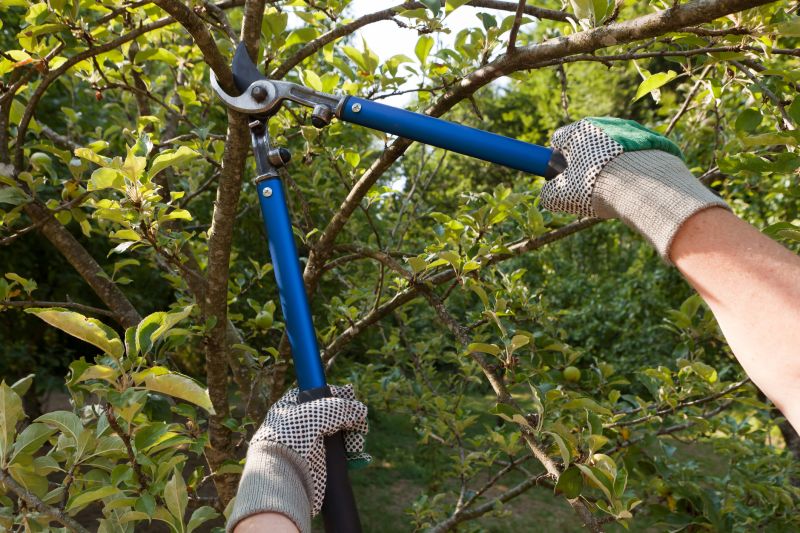
Tools used for precise and safe trimming.
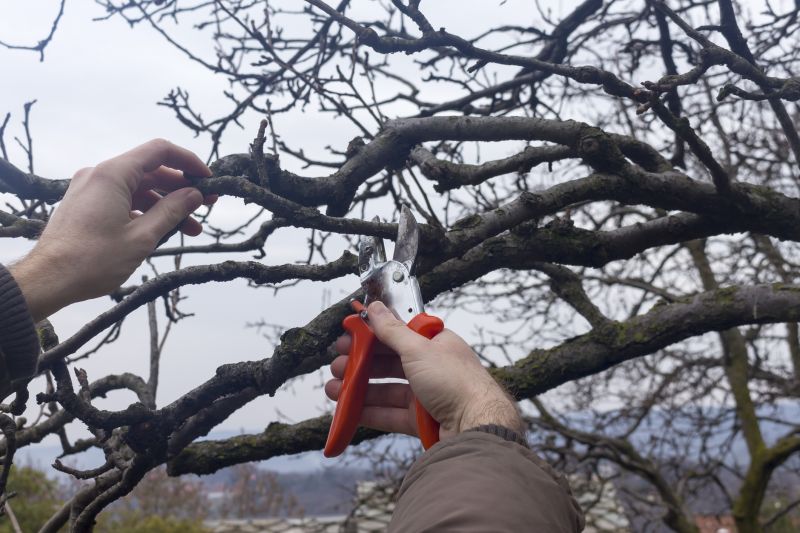
Winter dormancy is ideal for structural pruning.
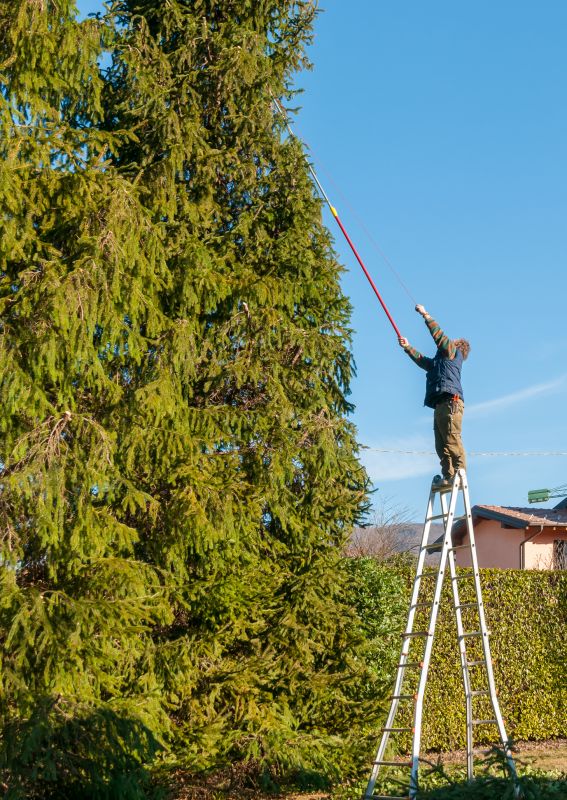
Understanding growth cycles guides trimming timing.
Individuals interested in scheduling tree trimmings are encouraged to contact for further information. Proper timing and technique contribute to the health and appearance of trees in Lexington, SC.

